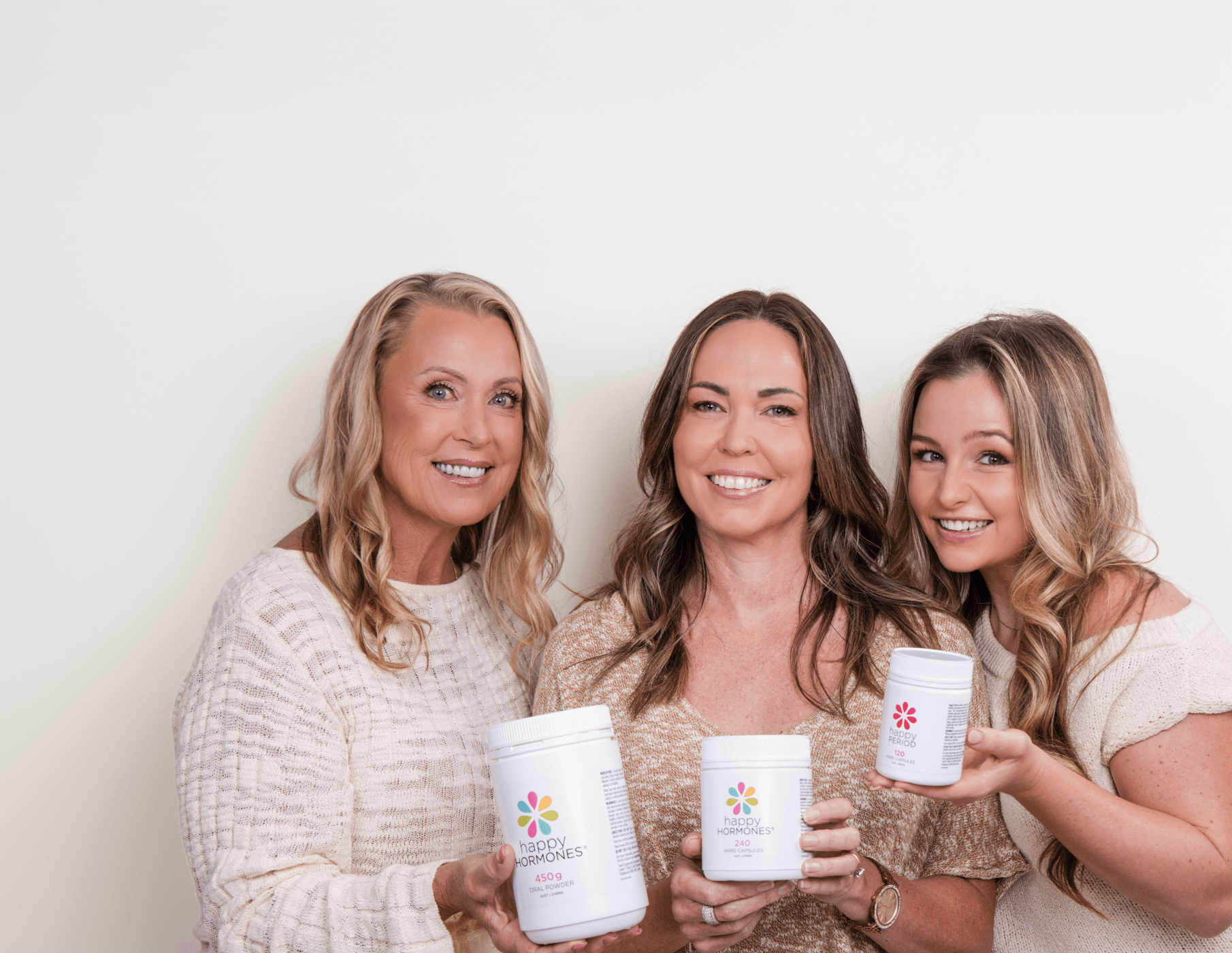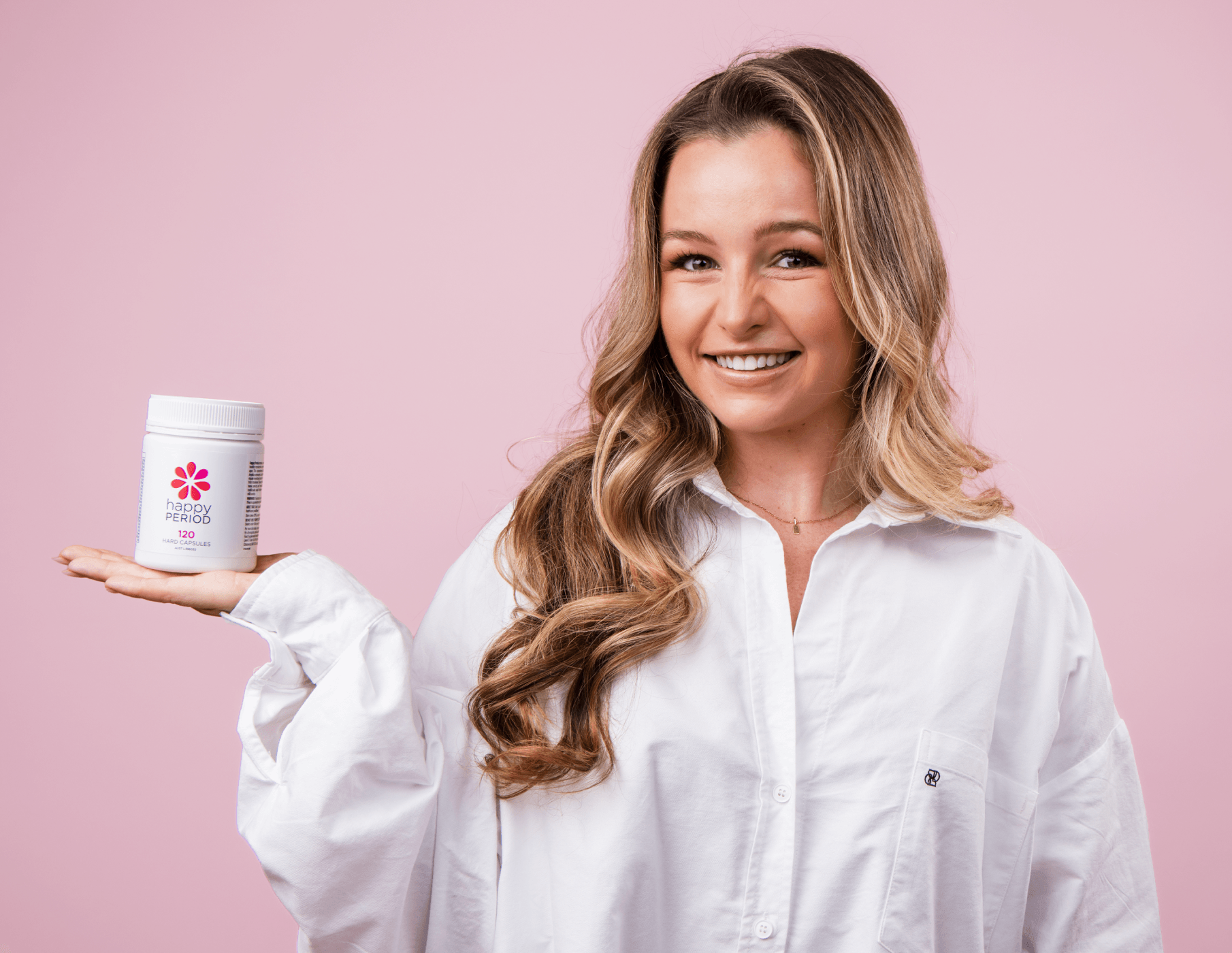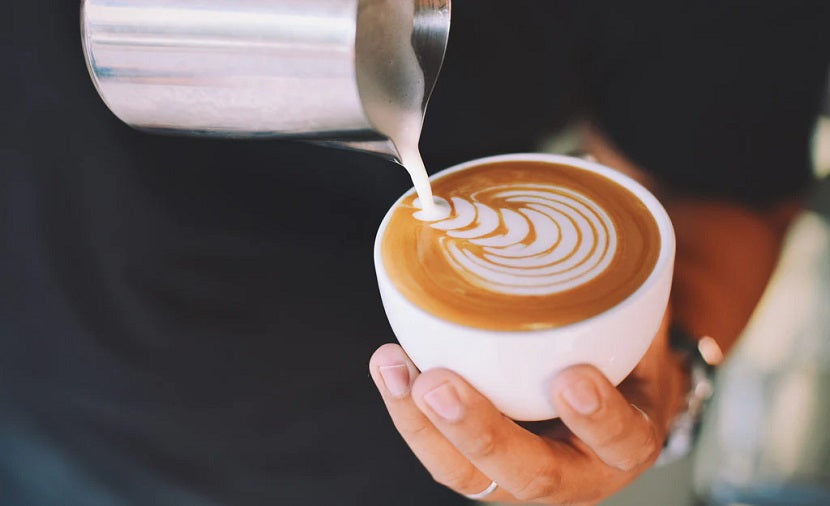Are Tender Breasts Bothering You Each Month?
By Sally James

Why do we get sore breasts prior to our cycles?
Breast tenderness in the premenstrual phase of your cycle is a normal symptom – most women will experience this due to the monthly shifts of hormones. It is, however, also an acute sign that your liver is struggling with its role in hormonal balance.
Tender breasts are also referred to as cyclical mastalgia. Women having periods or taking Hormone Replacement Therapy (HRT) often experience breast soreness due to the ebb and flow of hormones during the month (oestrogen/ progesterone). This happens when tissues in their breasts respond to these hormones.
The most common hormonal breast soreness comes from an increase in oestrogen levels before menstruation. This causes milk ducts and glands to swell, trapping fluid in the breasts. Many women have tenderness or pain in the lead-up to a period and sometimes right through it.
Cells in the breast that have been readied for pregnancy (oestrogen hormone) reach a peak of reproduction, stretching the tender tissues just before menstruation begins. Sore breasts may also be due to fluid retention or benign lumps which enlarge as menstruation nears (and shrink afterwards). Uncomfortable feelings in the breasts may increase in some perimenopausal women and this accounts for the continually fluctuating oestrogen levels during this time. For others, menopause brings lasting relief from chronically tender nipples and breasts.
The hormones that cause breast soreness might also cause cyclical swelling, lumpiness or heaviness. They can also affect the size, shape or sensitivity of cysts and fibroadenomas. Hormonal breast soreness usually stops with menopause, although it might continue if a woman is taking HRT.
Tips to relieve tender breasts
- Avoid Caffeine which causes tissues to retain more fluid and aggravates breast tenderness. Avoid soft drinks, coffee, black tea and other caffeinated drinks.
- Cabbage leaves, steamed whole until soft and laid over the breasts, can help eliminate fluid congestion.
- Vitamin B6 works as a natural diuretic to reduce fluid stagnation, and is recommended whenever there’s excess fluid in the body.
- Increase water intake to offset the body’s natural inclination to retain fluids. If you’re holding fluid anywhere in the body, this is a sign that your body is thirsty. Stay hydrated to ensure better elimination of wastes, improved lymphatic drainage and clearer fluid release.
- Limit alcohol intake as it causes fluid retention. Alcohol also reduces the metabolism of oestrogen through the liver.
- Maintain a regular exercise regime to ensure healthy lymphatic clearance of wastes.
- Address the hormonal imbalance contributing to tender breasts. It may take a few cycles for the excess oestrogen to be properly metabolised.
Summary
Be aware of the signs and symptoms your body displays. They are warning signals pointing to what you need to address in order to reach deeper levels of wellness.
If tender breasts are an issue for you, make some of these positive changes, so you’re better able to improve your hormonal health and reduce the risk of ongoing and more severe conditions as you age.







Leave a comment
This site is protected by hCaptcha and the hCaptcha Privacy Policy and Terms of Service apply.